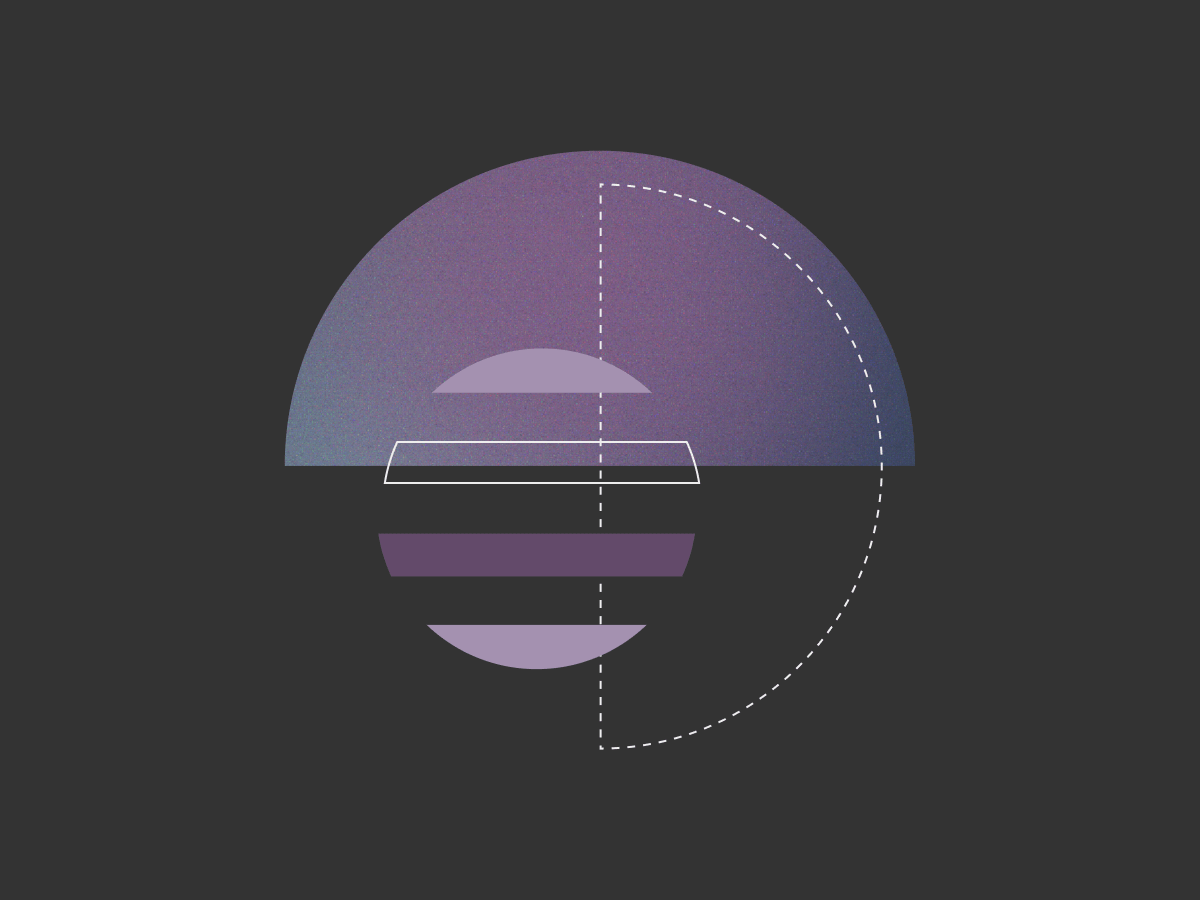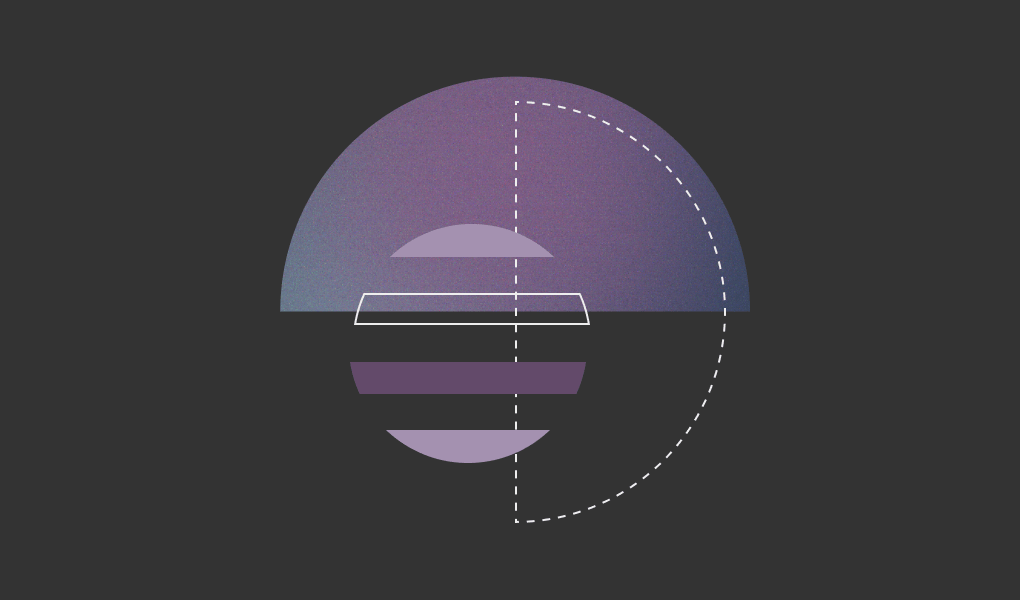In today's collaborative world, Google Drive is the digital filing cabinet for countless organizations. It stores everything from marketing drafts to sensitive intellectual property and financial records. While this accessibility fuels productivity, it also creates a significant security challenge. Without a clear system for organizing and protecting your files, you risk data exposure, compliance violations, and unauthorized access. This is where data classification comes in. It's the foundational process of identifying, categorizing, and labeling your data based on its sensitivity, allowing you to apply the right level of protection to the right files. This article will guide you through the data classification strategies available in Google Drive to help you secure your most valuable digital assets.
The Problem: Why Unclassified Data is a Ticking Time Bomb
If you don't know what data you have or where it is, you can't protect it. This unmanaged, unclassified information is often called "shadow data," and it poses a significant risk. Some reports indicate that over 50% of an organization's data is unclassified, leaving it vulnerable. When sensitive files containing Personally Identifiable Information (PII), financial data, or trade secrets are mixed in with everyday documents, the risk of a breach increases.
Think of your Google Drive as a massive warehouse. If none of the boxes are labeled, you have no idea which ones contain fragile, priceless artifacts and which ones are full of packing peanuts. You can't prioritize security, and an employee might accidentally ship a priceless artifact to the wrong address. In the digital world, this translates to:
- Accidental Data Leaks: An employee unknowingly shares a file containing sensitive customer data with an external party.
- Compliance Failures: Without knowing where regulated data (like data covered by GDPR, HIPAA, or CCPA) resides, you can't prove to auditors that you're protecting it properly.
- Insider Threats: A malicious insider or a compromised account can more easily find and exfiltrate valuable data if it's not properly identified and secured.
Visibility is the first and most critical step toward enforcing security controls. Data classification provides that visibility.
The Foundation: How Google Drive Labels Work
The core of Google Drive's data classification system is labels. A label is a piece of metadata that you attach to a file to signify its sensitivity level. These are simple to understand and can be customized to your organization's needs.
For example, you might create a classification scheme with labels like:
- Public: Information intended for public consumption.
- Internal: General business information for internal use only.
- Confidential: Sensitive data restricted to specific teams or projects.
- Highly Confidential: Critical business data, like financial records or intellectual property, with the strictest access controls.
Once a file is labeled, its classification status is clearly visible, helping users handle it appropriately. But labels do more than just identify data; they are the key to unlocking automated security. They allow you to improve data organization, enforce security policies, and support your compliance posture.
Choosing Your Strategy: Google Drive Classification Methods
Google Workspace offers a flexible suite of classification methods that can be used alone or in combination to fit your organization's maturity and needs. Think of it as a security toolkit—you can start simple and add more advanced, automated tools as you grow.
Manual Classification: The Human Touch
The most straightforward approach is manual classification, where you empower your users to apply labels to the files they create and manage.
- How it works: A user creating a new project plan can simply right-click the file, select a label like "Internal," and be done.
- Best for: Organizations just beginning their data classification journey or for niche data types that require human context for proper categorization.
- Challenge: This method relies entirely on user diligence and training. It's not scalable for large organizations and can lead to inconsistent or missing labels.
Default Classification: Setting a Secure Baseline
To ensure no new file goes unclassified, administrators can implement default classification. This strategy automatically applies a predefined label to any new file created within a specific Organizational Unit (OU) or Google Group.
- How it works: You can set a policy that all new files created by users in the "Engineering" OU are automatically labeled "Confidential," while files created by the "Marketing" OU are labeled "Internal."
- Best for: Establishing a baseline security posture across your organization and reducing the burden on individual users.
Automated Classification with DLP
For a more intelligent and targeted approach, you can use Google's built-in Data Loss Prevention (DLP) engine. DLP rules can scan the content of files for specific patterns and automatically apply the appropriate label.
- How it works: You can create a DLP rule that detects patterns like credit card numbers, Social Security numbers, or custom keywords specific to your business (e.g., "Project Titan"). When a match is found, the rule automatically applies a label like "Highly Confidential".
- Best for: Automatically identifying and protecting structured, sensitive data across your Drive to prevent leaks and enforce compliance.
- Important Note: Labels applied by DLP rules take priority over those set by default classification policies.
AI-Powered Classification: The Smart Approach
The most advanced method is AI-powered classification, available with the Gemini Enterprise and AI Security add-on. This uses machine learning to understand your organization's unique data.
AI classification learns from your organization's criteria during an initial training period and then applies those rules across all users and files, even scanning content within images and archives.
- How it works: You provide the AI model with examples of what constitutes "Confidential" or "Internal" data in your business. The model learns these patterns and then automatically scans and labels existing and new files at scale.
- Best for: Organizations with large volumes of unstructured data or those looking for the highest level of automation and accuracy in their classification efforts.
From Classification to Protection: Enforcing Security Policies
Identifying and labeling your data is just the first step. The real power of classification comes from using those labels to trigger automated security controls.
Preventing Data Leaks with DLP Rules
Labels are the trigger for powerful DLP actions. For example, you can configure a policy that states:
IF a file is labeled "Highly Confidential", THEN block it from being shared with anyone outside the company domain.
This simple rule, powered by your classification efforts, can prevent a catastrophic data leak before it happens.
Managing Data Lifecycles with Retention Rules
Not all data needs to be kept forever. Labels can also integrate with retention policies to manage the data lifecycle automatically. You can set rules to archive or delete files based on their label, ensuring that sensitive data isn't kept longer than necessary, which reduces your overall risk surface.
To ensure these policies can't be bypassed, Google automatically locks labels that are used in active DLP or retention rules. This prevents a user from simply changing a file's label from "Confidential" to "Public" to circumvent a sharing restriction.
Enhancing Data Protection Beyond Native Classification
Google's native tools provide a strong foundation for classifying data and setting preventative policies. However, protecting a modern, collaborative environment requires another critical layer: detection and response for access risks. Classification tells you what is sensitive, but you also need to continuously monitor who has access to it and whether that access is appropriate.
This is where a platform like Material Security provides a crucial enhancement. Material builds on the foundation of your classification efforts to tackle the complex problem of data access governance. While Google's DLP can block a "Confidential" file from being shared externally today, it doesn't address the risk of files that were shared correctly in the past but are now accessible by former employees or contractors.
Material Security's platform can analyze your Google Drive to identify sensitive data that is overexposed, publicly shared, or accessible by risky third parties. It provides automated workflows to remediate these risks by revoking unnecessary access, ensuring that the principle of least privilege is not just a policy but a reality. By combining Google's robust classification with Material's advanced access control and remediation, you create a truly comprehensive data protection strategy for your cloud office.
Start Classifying Your Data Today
Data classification isn't just a best practice; it's a fundamental requirement for securing your organization in the cloud. By understanding what data you have and how sensitive it is, you can take meaningful steps to protect it from leaks, breaches, and compliance failures. Start by defining a simple classification scheme and exploring the tools already available in your Google Workspace environment.
Classification only works if the underlying access and sharing controls support it. Run the Google Workspace Scorecard to spot the gaps that will undermine your classification strategy—and fix them in priority order.
Ready to take control of your cloud data? See how Material Security provides a unified platform for data protection, identity threat detection, and automated response in Google Workspace and Microsoft 365. Schedule a demo to learn more.




.png)